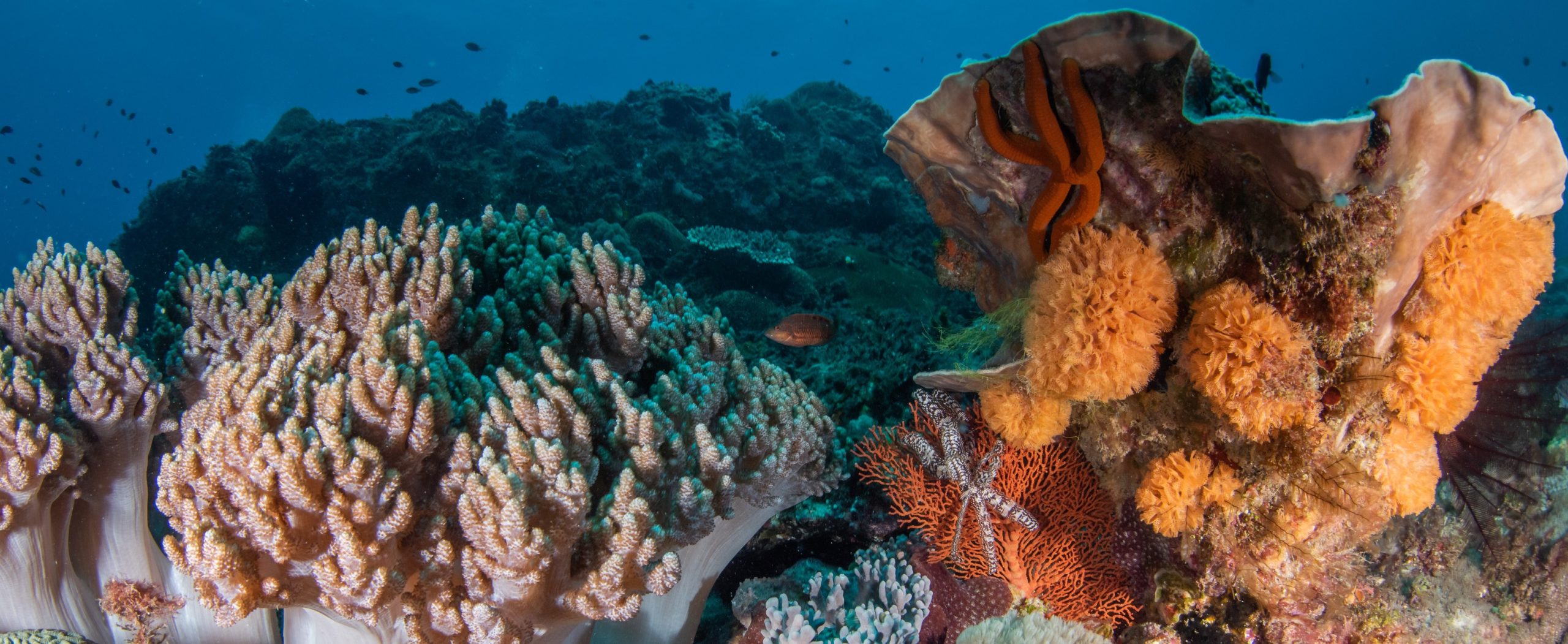Networks of citizen scientists (CS) have the potential to observe biodiversity and species distributions at global scales. Yet the adoption of such datasets in conservation science may be hindered by a perception that the data are of low quality. This perception likely stems from the propensity of data generated by CS to contain greater levels of variability (e.g., measurement error) or bias (e.g., spatio-temporal clustering) in comparison to data collected by scientists or instruments. Modern analytical approaches can account for many types of error and bias typical of CS datasets. It is possible to (1) describe how pseudo-replication in sampling influences the overall variability in response data using mixed-effects modeling, (2) integrate data to explicitly model the sampling process and account for bias using a hierarchical modeling framework, and (3) examine the relative influence of many different or related explanatory factors using machine learning tools. Information from these modeling approaches can be used to predict species distributions and to estimate biodiversity. Even so, achieving the full potential from CS projects requires meta-data describing the sampling process, reference data to allow for standardization, and insightful modeling suitable to the question of interest.
